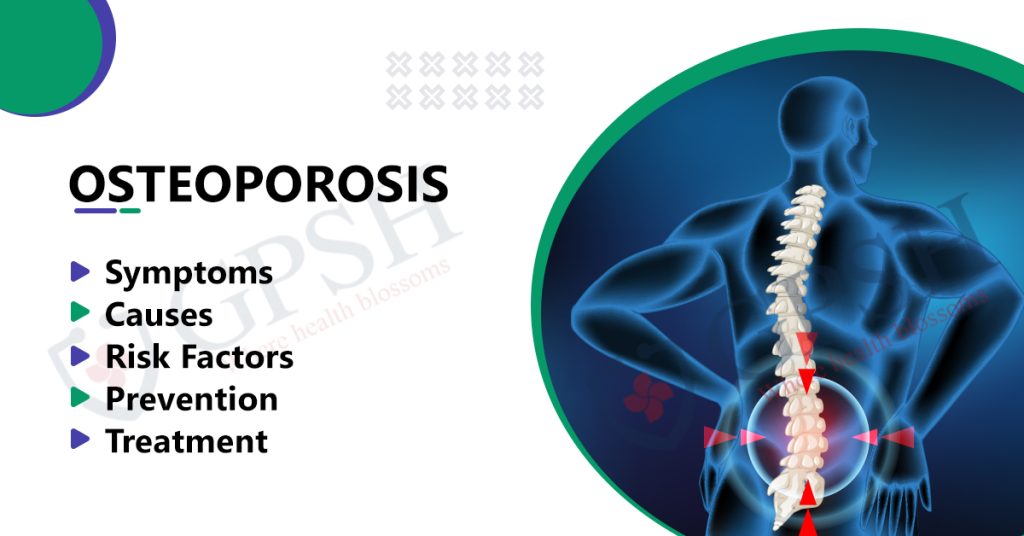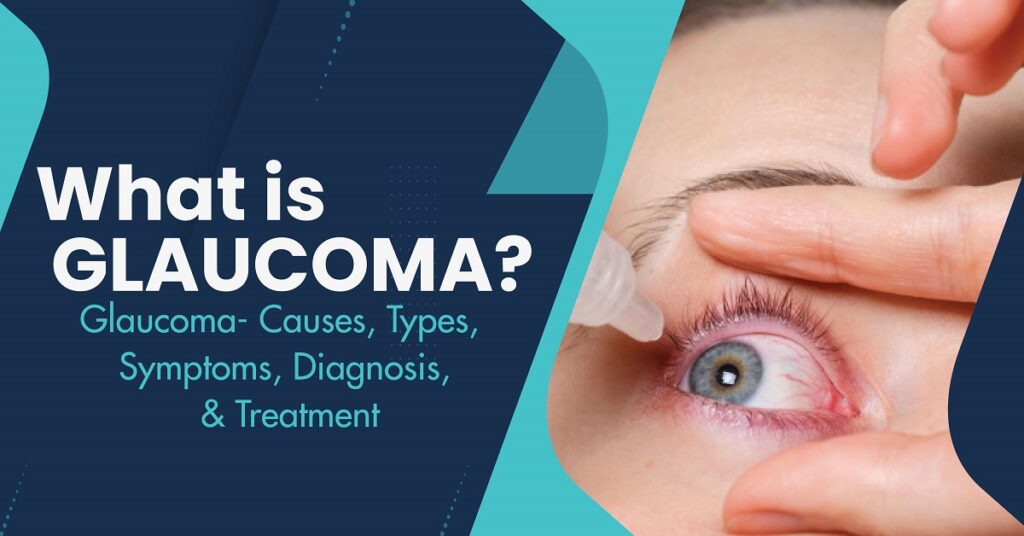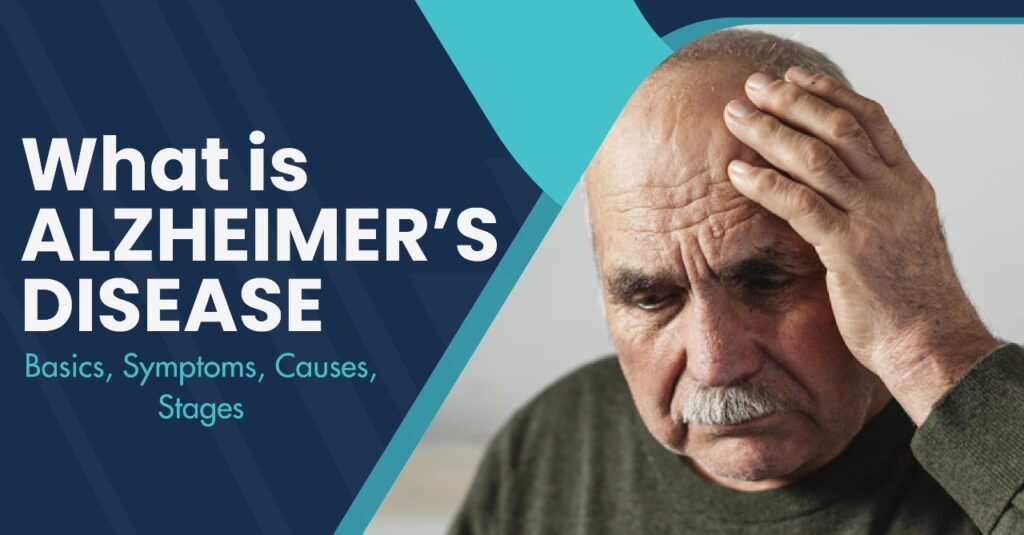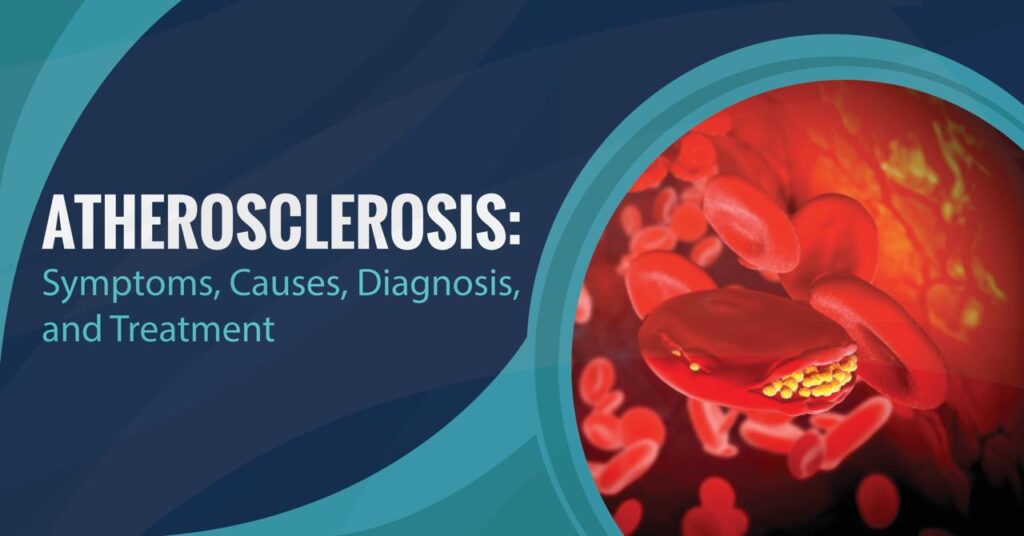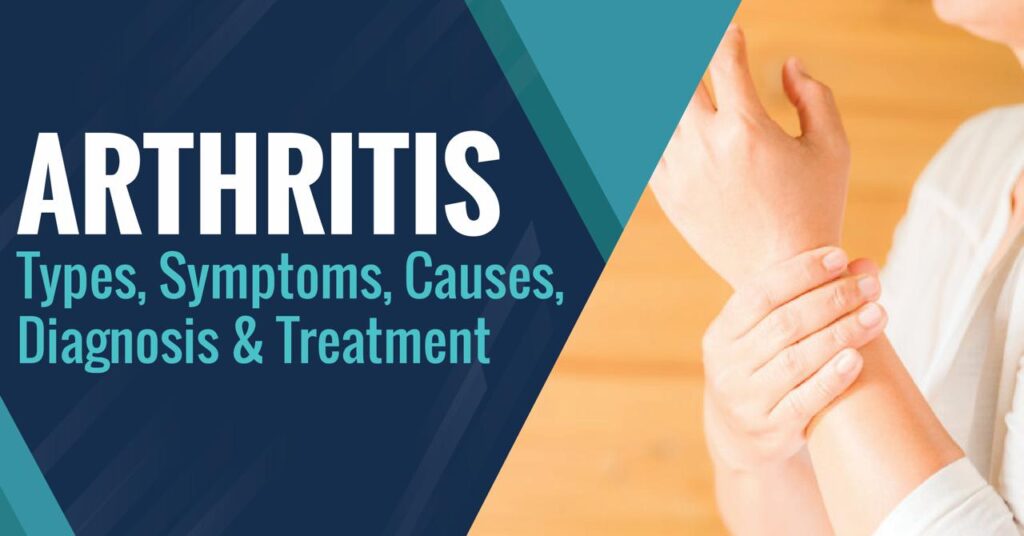During osteoporosis, the bones become fragile and brittle, making even minor stresses like coughing and bending over dangerous. Osteoporosis is most commonly associated with hip, wrist, and spine fractures. The bone is a living tissue that deteriorates and replaces itself continuously. The loss of existing bone contributes to osteoporosis when new bone cannot replace it. People of all races can develop osteoporosis. The risk is greatest for white and Asian women, particularly older women who have passed menopause. Medication, a balanced diet, and weight-bearing exercise can strengthen already brittle bones or prevent bone loss.
What is Osteoporosis?
Osteoporosis is a condition characterized by a decrease in bone density and a corresponding increase in the risk of fractures (broken bones), especially of the hip, spine, and wrist. It is a common health problem that affects millions of people, particularly postmenopausal women, and the elderly. In osteoporosis, bones become fragile and brittle and can break easily, even from minor injuries that wouldn’t cause fractures in normal bones. The loss of bone density occurs slowly over time and may go unnoticed until a fracture occurs. Osteoporosis is considered a silent disease because there are often no symptoms until a fracture occurs.
What are the symptoms of Osteoporosis?
Osteoporosis typically shows no symptoms. It is sometimes referred to as a silent disease for this reason. However, you should be cautious of the following:
- losing height (shortening by at least an inch).
- Alteration in posture (bending or stooping forward).
- Breathlessness (reduced lung capacity as a result of compressed disks).
- Bone fractures.
- Lower back discomfort
Causes of Osteoporosis:
Several factors can contribute to the development of osteoporosis, including:
- Age: Bone loss increases as we age, especially in women after menopause.
- Gender: Women are more likely to develop osteoporosis than men due to hormonal changes.
- Genetics: A family history of osteoporosis can increase your risk of developing the condition.
- Hormonal factors: Low levels of estrogen, testosterone, and other hormones can contribute to osteoporosis.
- Lifestyle factors: A diet low in calcium and vitamin D, smoking, excessive alcohol consumption, and a sedentary lifestyle can increase your risk of developing osteoporosis.
- Medications: Glucocorticoids a certain medication, can increase the risk of osteoporosis.
- Chronic diseases: Certain chronic diseases, such as rheumatoid arthritis, celiac disease, and Crohn’s disease, can increase the risk of osteoporosis.
- Low body weight: Individuals with a low body weight and body mass index (BMI) have a higher risk of developing osteoporosis.
It’s important to understand that osteoporosis is a complex condition with multiple causes and that it can be prevented and treated with a combination of lifestyle changes and medical interventions.
You Can Read Also : Ureaplasma: Causes, Symptoms, Prevention, and Treatment
Risk Factors of Osteoporosis:
Examine your risk factors below, then discuss screening options with your doctor.
- Age – especially those over 65
- Body type – those with low BMI
- Lifestyle factors include:
- Exercise – either those who have under/over-exercised in their lives
- Diet – insufficient calcium intake
- Deficiency in vitamin D brought on by a lack of sun exposure or other factors
- Certain drugs or alcohol exposure
- History of smoking
How is Osteoporosis Diagnosed?
Osteoporosis is typically diagnosed through a combination of medical history, physical examination, and imaging tests. Some common diagnostic tests include:
Bone mineral density (BMD) test: This test uses X-rays to measure the density of your bones and is the most commonly used test to diagnose osteoporosis.
Dual-energy X-ray absorptiometry (DXA): This is a type of BMD test that is considered the gold standard for diagnosing osteoporosis. It uses low-dose X-rays to measure the density of bones in the spine, hip, and wrist.
Peripheral quantitative computed tomography (pQCT): This test uses X-rays to measure bone density in the peripheral bones, such as the fingers or lower leg.
Ultrasound: This test uses sound waves to measure bone density and can be used to diagnose osteoporosis in the heel bone.
Blood tests: A blood test can measure levels of markers in your blood that are related to bone metabolism, such as the hormone osteocalcin and markers of bone breakdown.
In addition to these tests, your doctor may also consider your medical history and conduct a physical examination to assess your risk of osteoporosis. Based on the results of these tests, your doctor can diagnose osteoporosis and determine the best course of treatment.
Treatment of Osteoporosis:
Osteoporosis is a bone disease that makes bones more brittle and prone to breaking. It can be treated with a combination of lifestyle changes, medications, and, in some cases, medical procedures.
Lifestyle changes that can help include: Regular exercise, particularly weight-bearing exercises, puts stress on the bones and helps to maintain bone density. Eating a healthy diet that is high in calcium and vitamin D, both of which are essential for healthy bones. Quitting smoking is recommended, as smoking is harmful to bones and can reduce bone density. Limiting alcohol consumption is important, as excessive alcohol consumption can be harmful to bones.
Medications for osteoporosis include:
Bisphosphonates: These medications slow down the rate at which bone is broken down and can help to increase bone density.
Selective estrogen receptor modulators (SERMs): These medications mimic the effects of estrogen on bones and can help to increase bone density.
Denosumab: This is a biological medication that helps to slow down the rate at which bones are broken down.
In some cases, medical procedures may be necessary to treat osteoporosis.
These can include:
Vertebroplasty or kyphoplasty: These procedures involve injecting cement into the vertebral body to stabilize a fracture and reduce pain.
Bone density scans: These scans can measure bone density and help assess the risk of fracture.
It’s important to talk to your doctor to determine the best treatment approach for your individual needs.
Complications of Osteoporosis:
Osteoporosis can lead to several complications if left untreated, including:
Fractures: Osteoporosis makes bones fragile and more likely to break, especially in the spine, hip, and wrist. These fractures can lead to chronic pain, reduced mobility, and decreased independence.
Height loss: Fractures in the spine can lead to vertebral compression fractures, which can cause a person to lose height and develop a hunched posture.
Chronic pain: Fractures can cause chronic pain, particularly in the back and hips.
Disability: Fractures can lead to disability and reduced mobility, especially in the hips and spine, which can limit a person’s ability to perform everyday activities.
Increased risk of falls: Osteoporosis can make a person more prone to falls, which can further increase the risk of fractures.
Decreased quality of life: The physical and emotional impact of osteoporosis can significantly reduce a person’s quality of life.
Increased healthcare costs: Fractures, chronic pain, and decreased mobility can lead to increased healthcare costs, including hospitalization, rehabilitation, and long-term care.
It’s important to diagnose and treat osteoporosis early to reduce the risk of these complications and to maintain overall health and quality of life.
How can osteoporosis be prevented?
There are several steps you can take to help prevent osteoporosis and maintain strong, healthy bones:
Get enough calcium and vitamin D: Calcium is essential for building and maintaining strong bones, and vitamin D helps the body absorb calcium. Good dietary sources of calcium include dairy products, green leafy vegetables, and fortified foods. You can get vitamin D from exposure to sunlight, fatty fish, and fortified foods.
Exercise regularly: weight-bearing exercises, such as walking, jogging, and weightlifting, can help build and maintain strong bones.
Don’t smoke: Smoking is harmful to bones and can reduce bone density.
Limit alcohol consumption: Excessive alcohol consumption can be harmful to bones.
Maintain a healthy body weight: Being underweight can increase the risk of osteoporosis, so it’s important to maintain a healthy body weight.
Consider medication: If you’re at high risk for osteoporosis, your doctor may recommend medication to help prevent the disease.
Get regular bone density scans: Bone density scans can help assess your bone health and determine if you’re at risk for osteoporosis.
It’s also important to talk to your doctor about your risk factors for osteoporosis and to get regular check-ups to monitor your bone health. Taking these steps can help you prevent osteoporosis and maintain strong, healthy bones.


